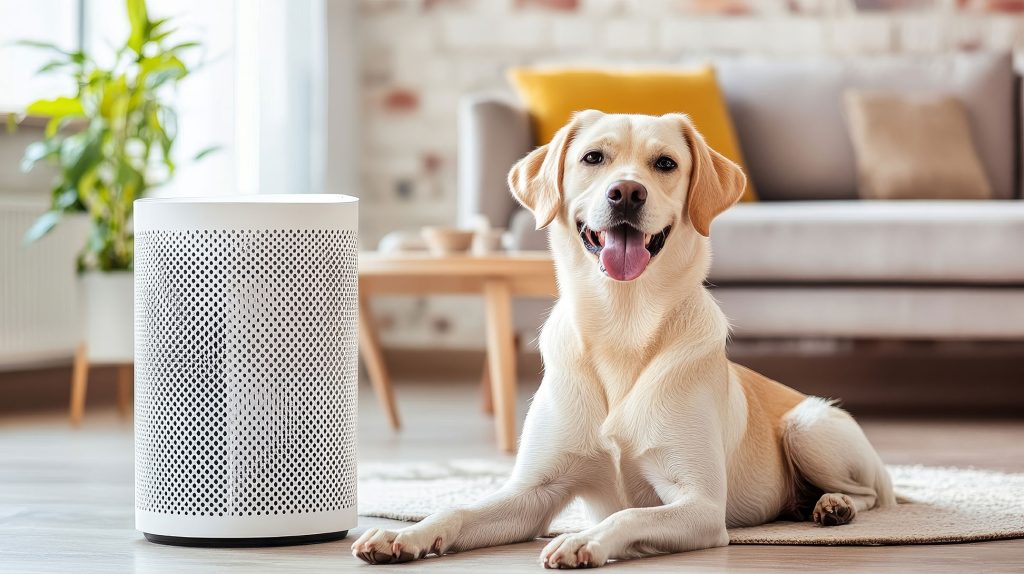You might notice poor air quality when you’re stuck behind an old car, or passing by a smoker on the sidewalk. Public health officials and environmentalists spend a lot of time talking about smog and pollutants; but people rarely think about good, healthy air quality, especially indoor air quality (IAQ).
Great, clean air is air we can breathe with confidence for our health and comfort. Good air quality also means creating conditions that will not enable or encourage the growth or spread of pollutants indoors. Keep on reading to discover what IAQ is and how Shafer’s HVAC can help you achieve it for you and your family!
What is Indoor Air Quality (IAQ)?
Indoor Air Quality (IAQ) refers to the air quality within and around buildings and structures, especially as it relates to the health and comfort of building occupants. Understanding and controlling common pollutants indoors can help reduce your risk of indoor health concerns.
Health Effects of Poor IAQ
Why is IAQ Important?
We spend up to 90% of our time indoors, where, as the EPA reported, the air can be up to 5 times more toxic than outdoor air. Outdoor pollution can worsen IAQ through ventilation systems without proper filtration, or simply by opening doors and windows.
Indoor air quality is also affected by how homes are designed and your activities inside the home. As homes are built and renovated to reduce air leakage and increase energy efficiency, it’s important to bring in sufficient fresh air through proper mechanical ventilation. Without proper ventilation and filtration, air can stagnate. Unhealthy pollutants can build up and become trapped indoors, and in our lungs.
Fortunately, you can take steps to improve the air you’re breathing and create a safe and healthy environment to live, and work in. A good first step is to be aware of the sources of pollutants. And second, you can explore ways to prevent these pollutants.
What Pollutants Affect IQA?
- Carbon Monoxide (CO) — Carbon monoxide is a silent, and sometimes instant and tragic killer. Carbon monoxide detectors are available, affordable, and are increasingly part of building code requirements.
- Nitrogen Dioxide (NO2) — Nitrogen dioxide often builds up inside homes due to cooking and heating with natural gas. High NO2 levels have been associated with rising respiratory ailments, including asthma and lung disease.
- Radon — Like carbon monoxide, radon is a silent, odorless gas. But unlike carbon monoxide, the harmful health effects of radon can build over long-term exposure.
- Particulate Matter (PM) — Fine particles such as dust, ash, or smoke are very light and can remain suspended in the air. Your body’s defenses have a great natural ability to stop particles larger than 10 microns from entering your respiratory tract. So experts focus on the hazards of smaller particles that impact IAQ. PM particles 2.5 microns or smaller can lodge themselves deep in your lungs or even make their way into your bloodstream, causing both short and long-term health effects.
- Biological contaminants — Bacteria, viruses, animal and insect dander, saliva, dust mites, pollen, and mold can all pose health hazards. For sensitive individuals, biological contaminants often cause allergy-like symptoms, which range from mild to life-threatening. Poor air circulation and unfavorable humidity and temperature levels can promote the spread of pathogens or create conditions under which various biological contaminants can thrive.
Improve IAQ with Shafer’s
Now that you’ve gained insight into the seriousness of indoor air quality, it’s time to take concrete steps towards a healthier and more productive indoor environment. Regular cleaning of your living areas will raise IAQ; as cleaning helps manage dust, dust mites, pollens, animal dander, and other allergens. In addition, using a HEPA filter in your vacuum ensures you’re not just recirculating dust and other particulate matter into the air.
Shafer’s also offers air purifier and UV lamp installation services to help maintain your IAQ. Once installation is complete, you can breathe easy knowing your air is free and clear of harmful contaminants that could impact your health. To get started towards a cleaner, healthier, more cost-effective system, contact us today!








